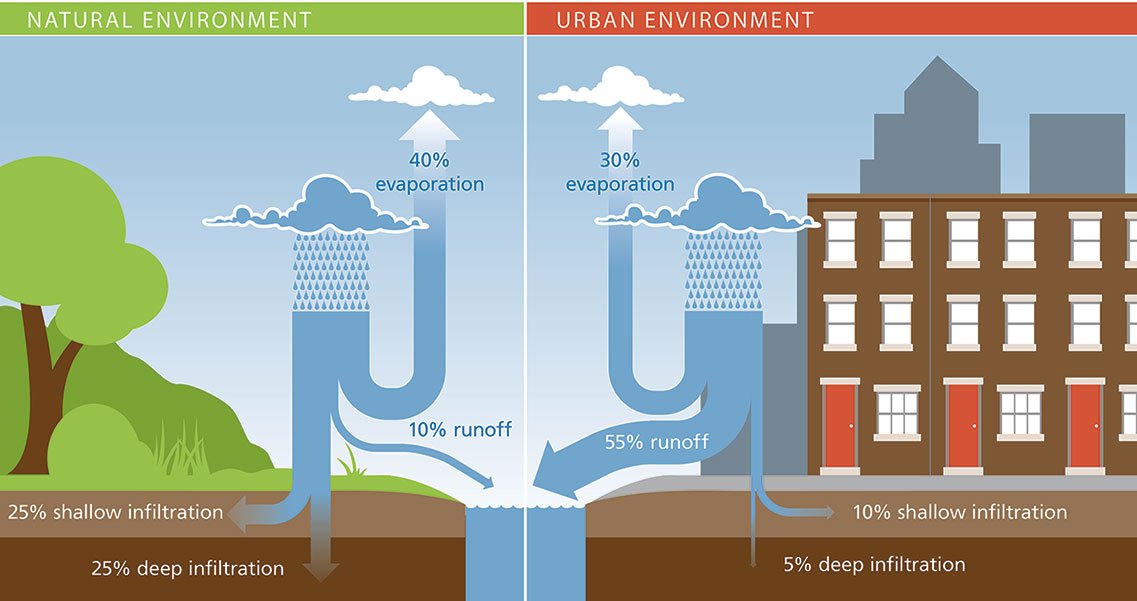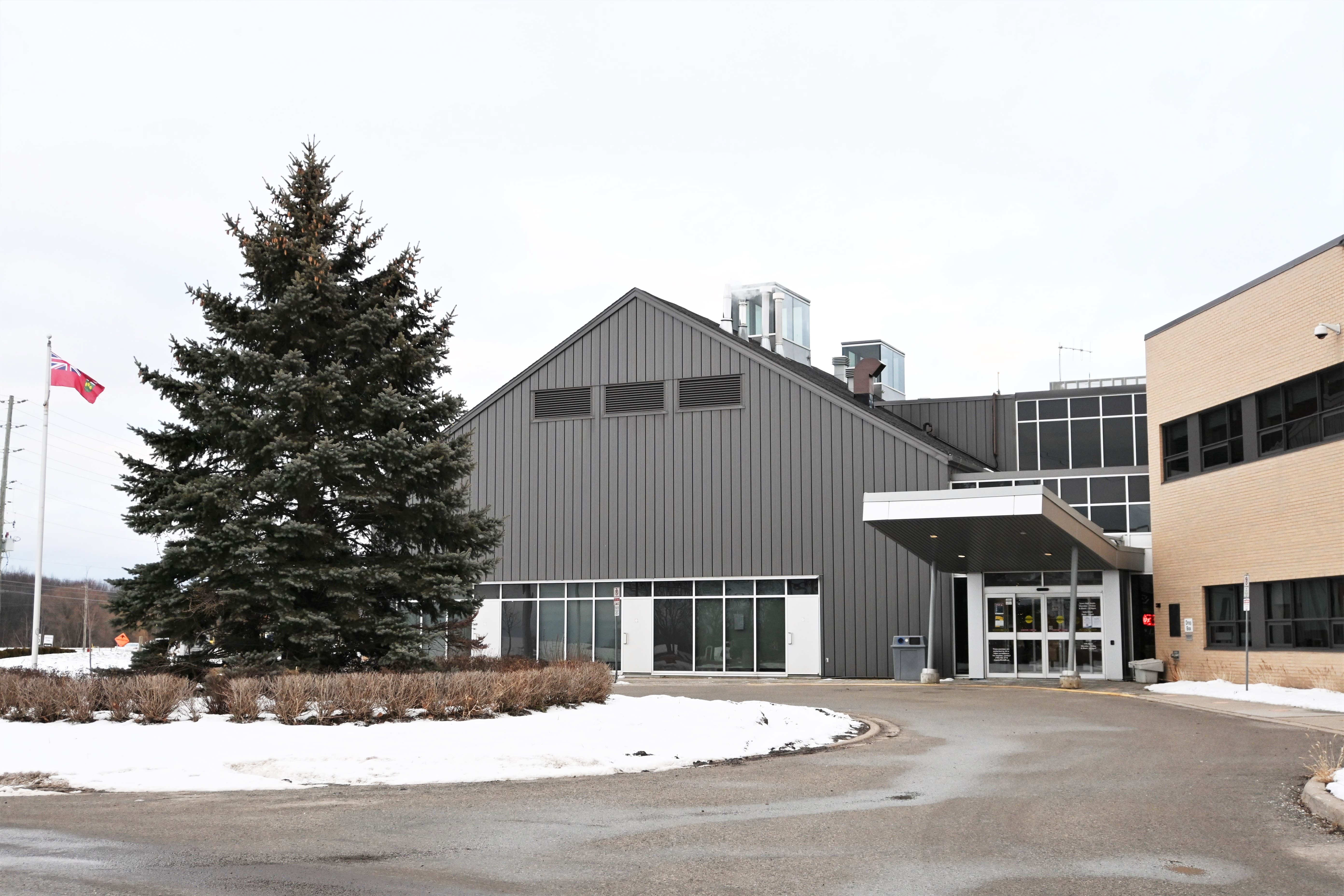Stormwater and Drainage
When it rains or snow melts, water accumulates and flows across roads and land. To decrease flooding risks, runoff is directed to the drainage system in the Town of Innisfil.
Drainage system
The drainage system includes catch basins, storm sewers, culverts, ditches, stormwater management ponds, and municipal drains.
|
Catch basins |
|
Catch basins drain excess rain and ground water from paved streets, parking lots and sidewalks into storm sewers, storm ponds and nearby natural drainage courses. We conduct routine patrols to assess the conditions of catch basins. We maintain catch basins that are damaged or plugged with surface debris and repair or replace catch basins when required. Tips
|
|
Storm sewers |
|
Storm sewers take surface water from catch basins into underground pipes and directs the untreated water to surface watercourses such as lakes, rivers and storm ponds. Storm drains have oil and grit separators to keep some pollutants from affecting our environment. To keep the storm sewer system working properly, storm drains need to be maintained and debris removed so that it doesn't block pipes. We remove debris from culverts, catch basins, ditches, clean out oil grit separators and catch basins, and inspect sewer lines using Closed Circuit Television (CCTV) to identify areas that need repair or replacement. We conduct sewer flushing to clear the sewer of debris and ensure adequate capacity and flow. Tips
|
|
Culverts |
|
Culverts are typically short pipes that provide connection points and help drainage between ditches, storm sewers or other drainage outlets. Culverts are required when a driveway or entrance crosses a drainage ditch. We will identify where culverts are required. Driveway culvertsFill out an Entrance Permit Application to replace damaged culverts, add a driveway with a culvert, or maintain existing culverts. Through the permitting process we will identify construction requirements, including culvert size, to ensure the ditch drainage is not impacted. Culverts that are plugged with debris, caved in or frozen can cause flooding. It is a shared responsibility of the homeowner and the Town to ensure all driveway culverts are free of debris and other materials. Tips
|
|
Ditches |
|
We inspect ditches on a regular basis throughout the year to identify required maintenance. Ditches are located on the sides of roads and drain water from nearby land or roads. Ditches hold water and control how fast the water enters the drainage system. Some ditches allow water to flow into the groundwater table, which minimizes the amount of water discharged to natural watercourses. Depending on a property’s natural topography, ditches may always be wet or hold water for long periods of time when the water table or lake is high. This may also cause vegetation growth, which helps water absorption. During significant weather events, water in ditches may crest and spill onto private property or roads. Most often, water levels start to drop or water that has pooled starts to naturally absorb into the ground within 2 to 3 days. We prioritize locations during weather events to patrol roads and check for flooding activity, while working with customer service to identify and attend any areas that need help. Tips
|
|
Stormwater management ponds |
|
Learn more about stormwater management ponds. |
|
Municipal drains |
|
The local municipality is responsible for maintaining municipal drains on behalf of the community of landowners involved in a drain. Tips
|
Managing runoff
In natural environments, soil absorbs much of the runoff, but in urban, built-up areas, the increased hard-scaping (e.g. roads, sidewalks, driveways, rooftops, and parking lots) reduces what the soil can absorb. Visit Lake Simcoe Region Conservation Authority’s website to learn more about stormwater runoff.

Annual reports
Stormwater performance reports are prepared each year and made available for public review:
- 2024 Annual Stormwater Management Performance Report
- 2023 Annual Stormwater Management Performance Report
Drainage projects
With increased amounts of surface water, drainage is becoming a larger issue that we must plan for. Many of these areas are near Lake Simcoe, which not only affects residents in the area but also affects the quality of the watershed. Various roads within Innisfil with known drainage problems were evaluated to determine their current drainage issues and potential solutions. These roads include:
- 30th Sideroad North
- Bayshore Road
- Bonsecour Crescent
- Blackwood Avenue, Timmins Avenue and Moyer Avenue intersection
- Buchanan Street
- Crystal Beach Road
- Goodfellow Avenue
- Park Road and Innisfil Beach Park
- Tall Tree Lane
- Reid Street
- Simcoe Boulevard
- West Street
Visit Get Involved Innisfil for more information on these drainage projects.

